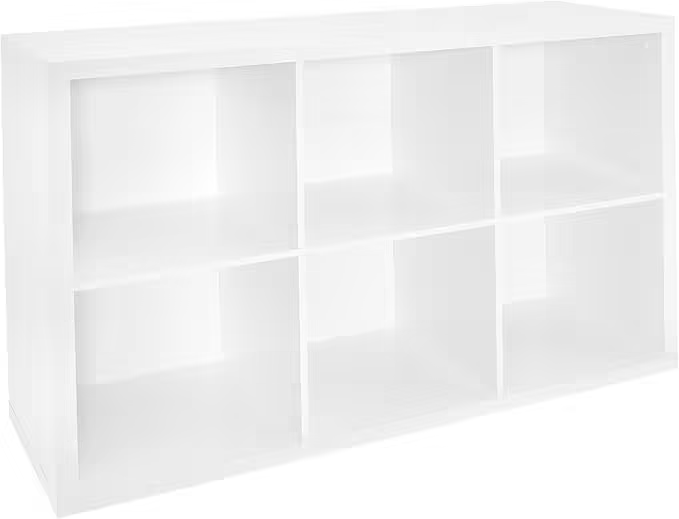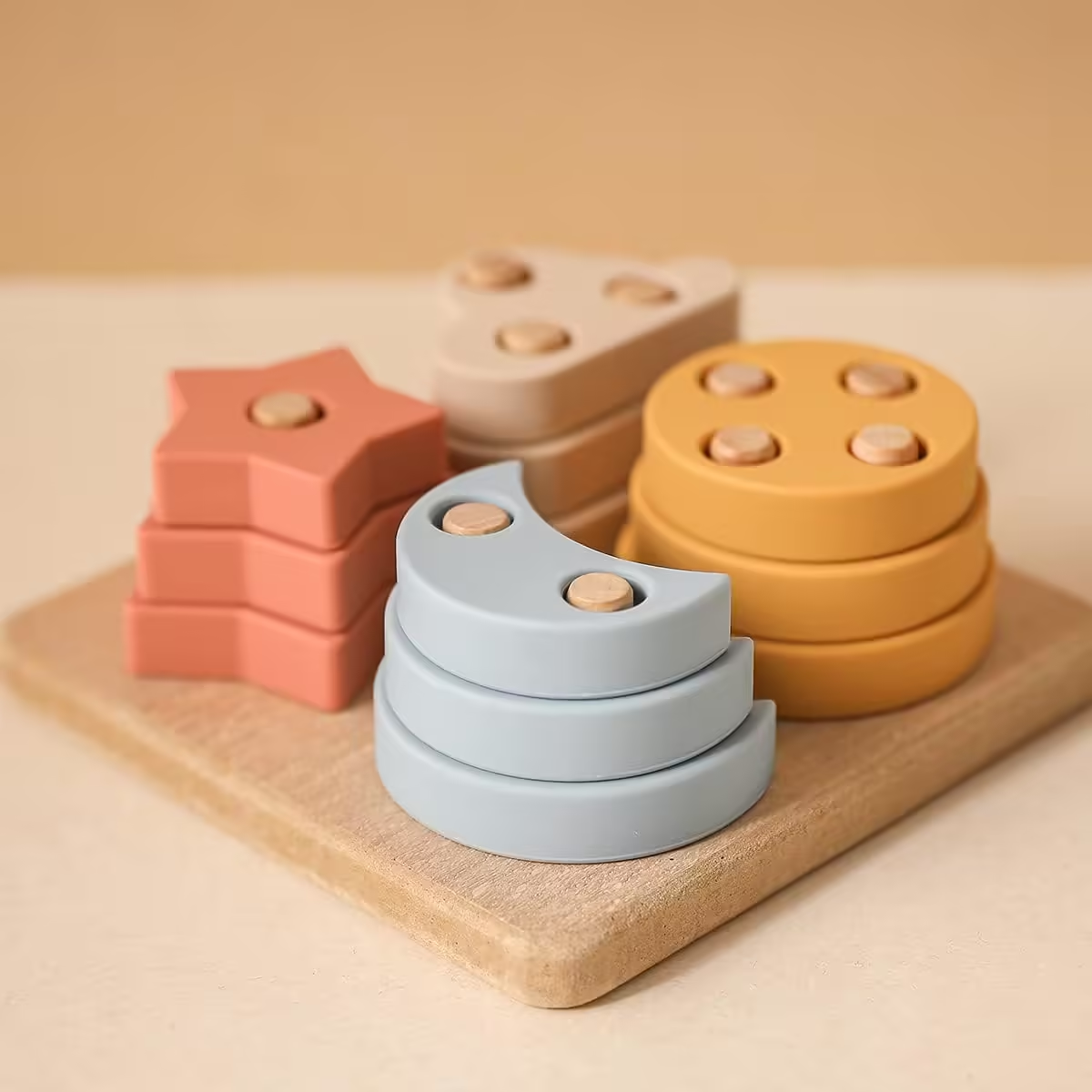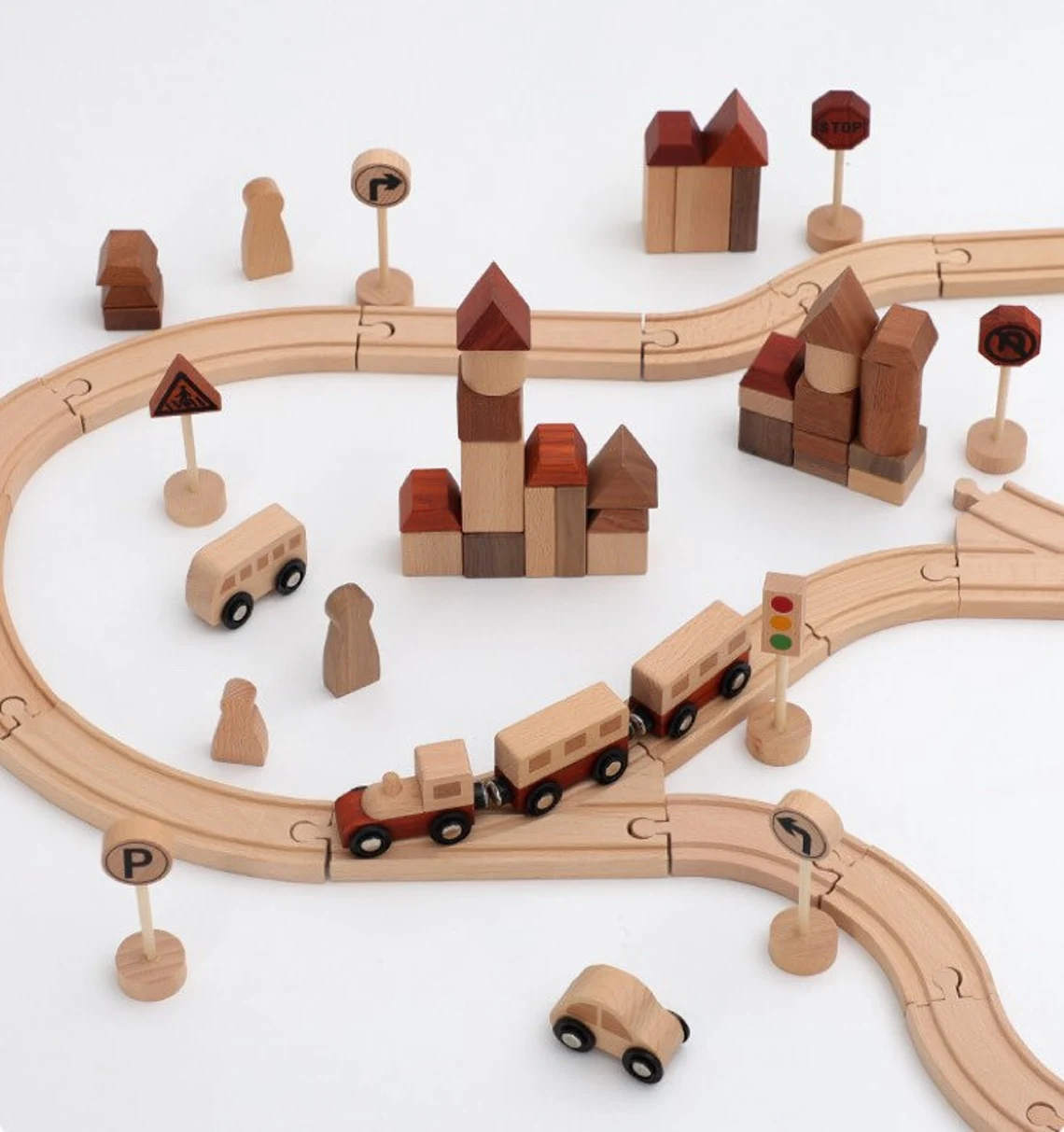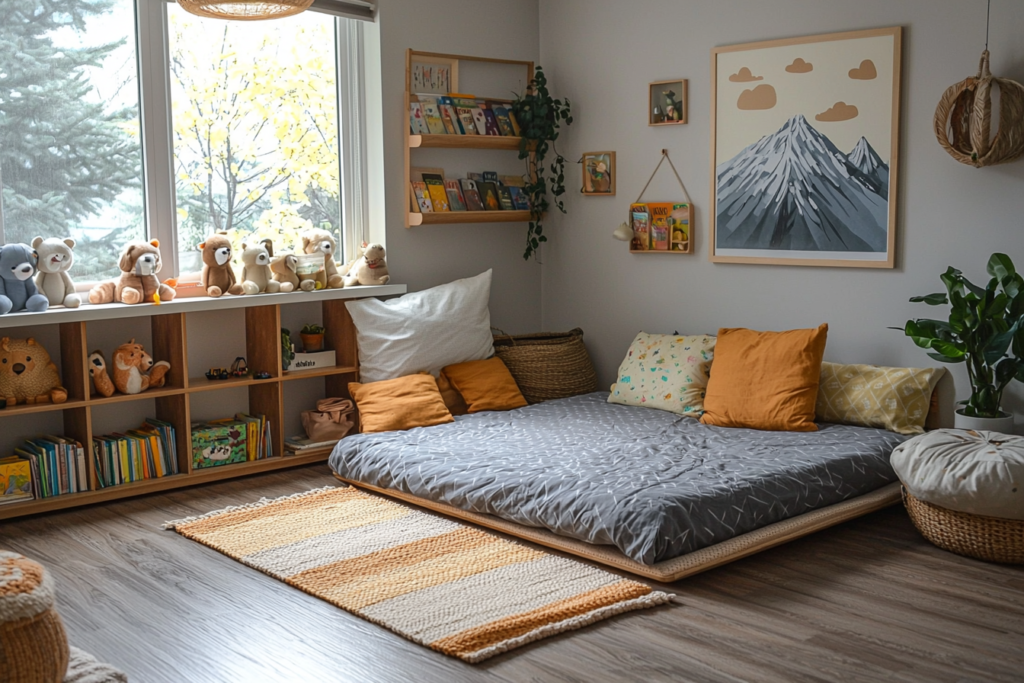This site contains affiliate links, view the disclosure for more information.
How to Start a Simple and Quick Toy Rotation System
Toy rotation is a concept rooted in the Montessori method, which suggests that offering fewer toys at any given moment can significantly improve a child’s development.
We now know that this is true, as extensive research shows that by limiting the number of toys available, children can better develop essential skills like concentration, creativity, problem-solving, and more. It also helps us resist the urge to buy new toys, as the rotation brings a sense of novelty to the ones already owned. Plus, it makes cleaning up and organizing a million times easier.
Toy rotation is ideal for kids aged 1-5, but can be applied to older kids as well and I’ll cover that at the end.
I’ve seen many parents become discouraged by overly complicated systems, but toy rotation should be a quick and easy process that takes no more than 15 minutes every week or every other week, depending on your child’s age and interests.
The same general principles can be applied to books, though I handle book rotation a bit differently, which I’ll also cover later on.
Read more: A Beginner’s Guide to the Montessori Method.
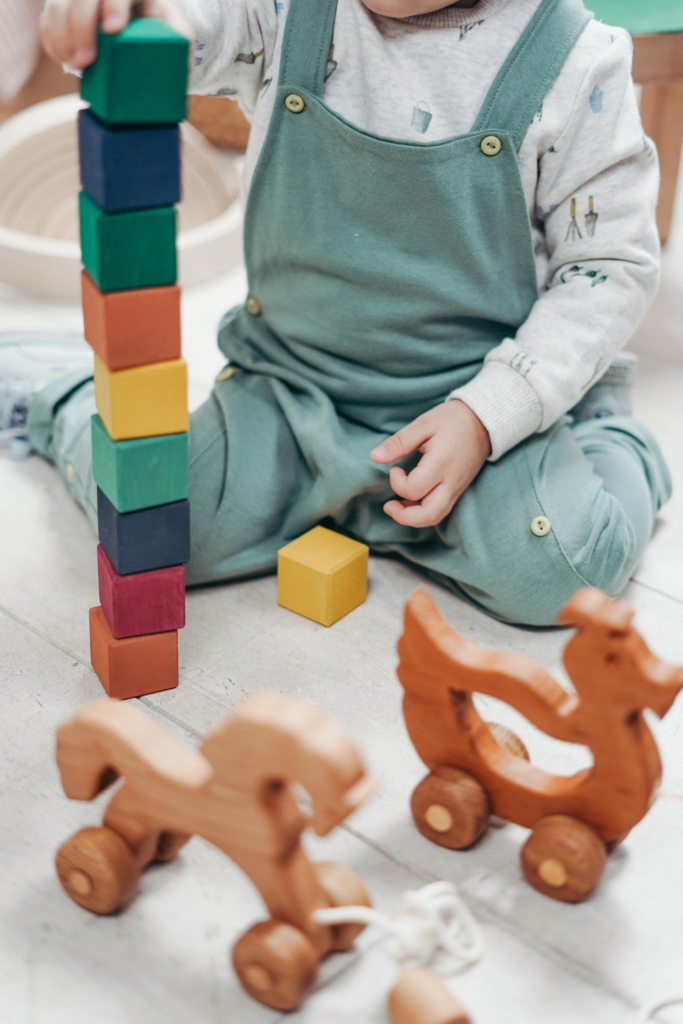
The Main Toy Rotation Principle: Less Toys Equal More Play
It might seem counterintuitive, but having fewer toys is actually best for child development, enhancing creativity, problem-solving, attention span, and fostering more meaningful play. Plus, it contributes to a more organized living space/playroom, which is beneficial for both the child’s mind and your sanity.
Children naturally have shorter attention spans than adults, so when they have too many toys, they tend to jump from one to another without really engaging with any of them.
On the other hand, with fewer options, children are more likely to engage deeply with the toys available, playing longer and using them in more imaginative ways. This helps mostly build concentration skills and makes playtime more enriching.
Let me just take a moment here to emphasize that toy rotation is not a sneaky way to hang onto too much stuff. If your toy collection is overwhelming, the rotation process can become complicated and time-consuming, which is exactly what we want to avoid.

Image by @mae.montessori
Quality Over Quantity
Focus on the quality of toys instead of the quantity. Personally, I prefer wooden toys over plastic ones. Wooden toys tend to last much longer and are way more pleasant to look at when they are all scattered around the floor. Their neutral colors also contribute to a calmer environment, which can help prevent overstimulation.
I’m also not a fan of battery-operated toys that are often highly stimulating but don’t add any meaningful value to your child’s development.
Instead, I recommend investing in a few good quality, open-ended toys that can truly spark creativity and be enjoyed in a variety of ways by children of different ages.
I would also recommend picking toys that align with your child’s current interests – whether it’s trucks, cars, animals, or building sets.
Read more: What is Free Play and How to Get Started.

Start an Efficient System of Toy Rotation in 3 Simple Steps
First step: Declutter
You really only need to do this once or twice a year, but it’s a great place to start if you’re just getting started with toy rotation or find it overwhelming due to the sheer number of toys you currently own.
Begin by sorting through the toys to identify those that are broken or no longer usable, and set them aside to discard.
Then, involve your child in deciding which toys they’ve outgrown or no longer play with. These can be donated or passed on to others. It’s very important to include your child in this process, giving them a say in what stays and what goes. You can set a limit on the number of toys to keep and let your child choose which ones are most important to them.
If your child is too young, observe which toys they engage with the most and donate the ones they don’t really care about.
By reducing the number of toys, you’ll not only make playtime more meaningful but also keep your home more organized and make the toy rotation process far easier.

Second step: Categorize
This doesn’t mean you have to literally stick a label to every toy but just have a general understanding of the different categories of toys you own. This is important because having a mix of different toy categories available at any time ensures your child has a variety of play options, each contributing to the development of different skills.
For instance, there are:
→ Open-ended toys such as blocks, magnets, and other toys that can be used in many different ways.
→ Structured toys such as puzzles, board games, activity books, shape sorters, etc.
→ Interest-related toys like trucks, cars, animals, tools, or anything that aligns with your child’s current fascinations.
→ Movement-related toys such as a climbing triangle, balance boards, play couches, swings, and tunnels.
At any given moment, we should have at least one toy of each category out. By understanding the categories of the toys you have, you can easily decide which ones to keep out and how to rotate them.
This may sound a little complicated at first, but I promise it becomes very intuitive with time.
Read more: 6 Easy Ways to Get Started with Montessori at Home.

Third step: Rotate
There’s no specific rule for how often you should rotate toys, but a good guideline is to rotate more frequently for younger children and less frequently as they get older. For instance, rotating toys every week might work well for 1-2-year-olds, while every other week might be better for 3-5-year-olds.
However, don’t feel locked into a strict schedule. If your child is very engaged with all the toys currently out, it’s perfectly fine to skip a rotation. The goal is to keep playtime fresh and engaging without overwhelming yourself.
When it’s time to rotate, these general guidelines will make the process quick and easy:
→ Rotate out all the toys your child seems not so interested in
→ Keep the toys they have been very engaged with
→ Keep no more than 6-10 different small toys available at any given moment (you don’t have to add more toys if you have multiple children, but if your kids have very different interests or play styles, you can add up to 2 more toys per child)
→ Ensure that there’s at least one toy from each category available at any given moment
→ Store the toys out of rotation out of sight
If you’ve decluttered beforehand, one or two large storage bins should be enough to store the toys out of rotation. You might also want to store toys of different categories in different small boxes, but that’s totally up to you and the storage space you have available.
I find that clear plastic bins are very helpful as I can easily see what’s inside.

Out of Sight But Not Out of Mind
While the toys out of rotation should be stored away, they don’t have to be off-limits. Although younger kids will rarely ask for toys that are stored away, older kids might. And that’s absolutely fine by me. I will just pull them out and put them back in once they are done playing.
Toy rotation is not meant to be rigid.
Book Rotation
The same principles can be applied to books. Instead of having all of your child’s books available at once (which, in case you are a reading enthusiast like myself, is an overwhelming amount), keep 8-12 books on a dedicated kids’ shelf and store the rest elsewhere. I don’t necessarily want the books out of rotation to be out of reach though.
I also like to rotate books more often, until the children are able to read by themselves. And I do buy new books way more often than I buy new toys because I want them to always be fresh, interesting, and engaging.
Borrowing books from the library is another great option if you want variety without the need to store a large number of books at home.
This is how it works for us: I keep about 10 books on a Montessori bookshelf and the rest on a large bookshelf in the “study room”. I rotate the books on the Montessori bookshelf weekly and add a brand new book every other week.
Read more: The Best Montessori Books for Parents and Professionals.

Does Every Toy Need to Be Rotated?
Absolutely not. Large toys or objects, like the climbing triangle or play couch can stay out all the time as they are difficult to move and store (plus, these items tend to always be in use, since they can be used in so many different ways).
I also like to keep crafting supplies, such as crayons, pencils, coloring books, and paper readily accessible. I might rotate specific items within the craft supplies, like adding paint, canvases, cutouts, and other fun items every few weeks.
If you have multiple children and there’s one specific toy that is always being used by someone, it’s absolutely okay to keep it always out or rotate it less frequently.
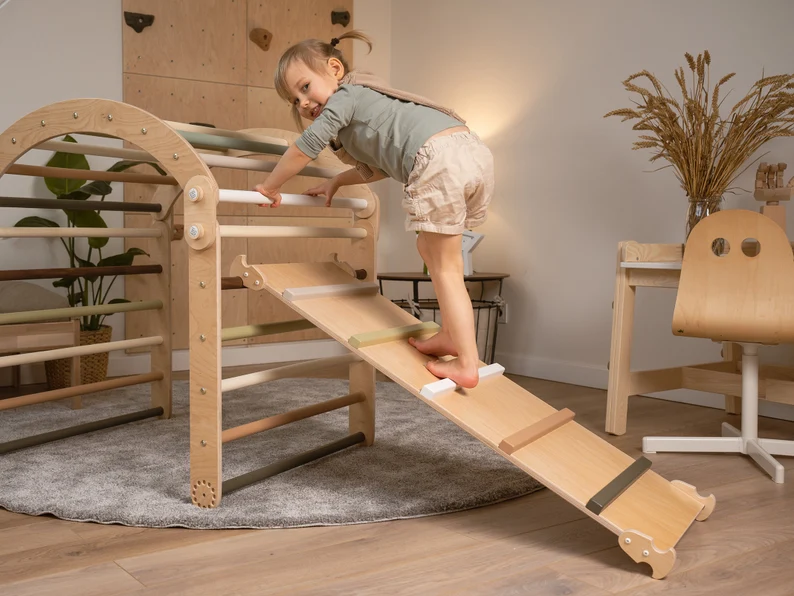
A Note on Older Kids
Although toy rotation is particularly interesting in the toddler years, it can be great for older kids as well. Just keep in mind that they will probably ask for toys out of rotation more often.
To give them more control, you might want to involve them in the process, allowing them to keep their 8 favorite toys in their room or play area while storing the rest in a designated space. This way, they can access the stored toys as needed and put them back when they’re done, without having to ask for your help.
Read more: 18 Indoor Montessori Activities for Toddlers.
Toy Rotation Products and Toys We Actually Love
Click on the images below for the link of each product.


